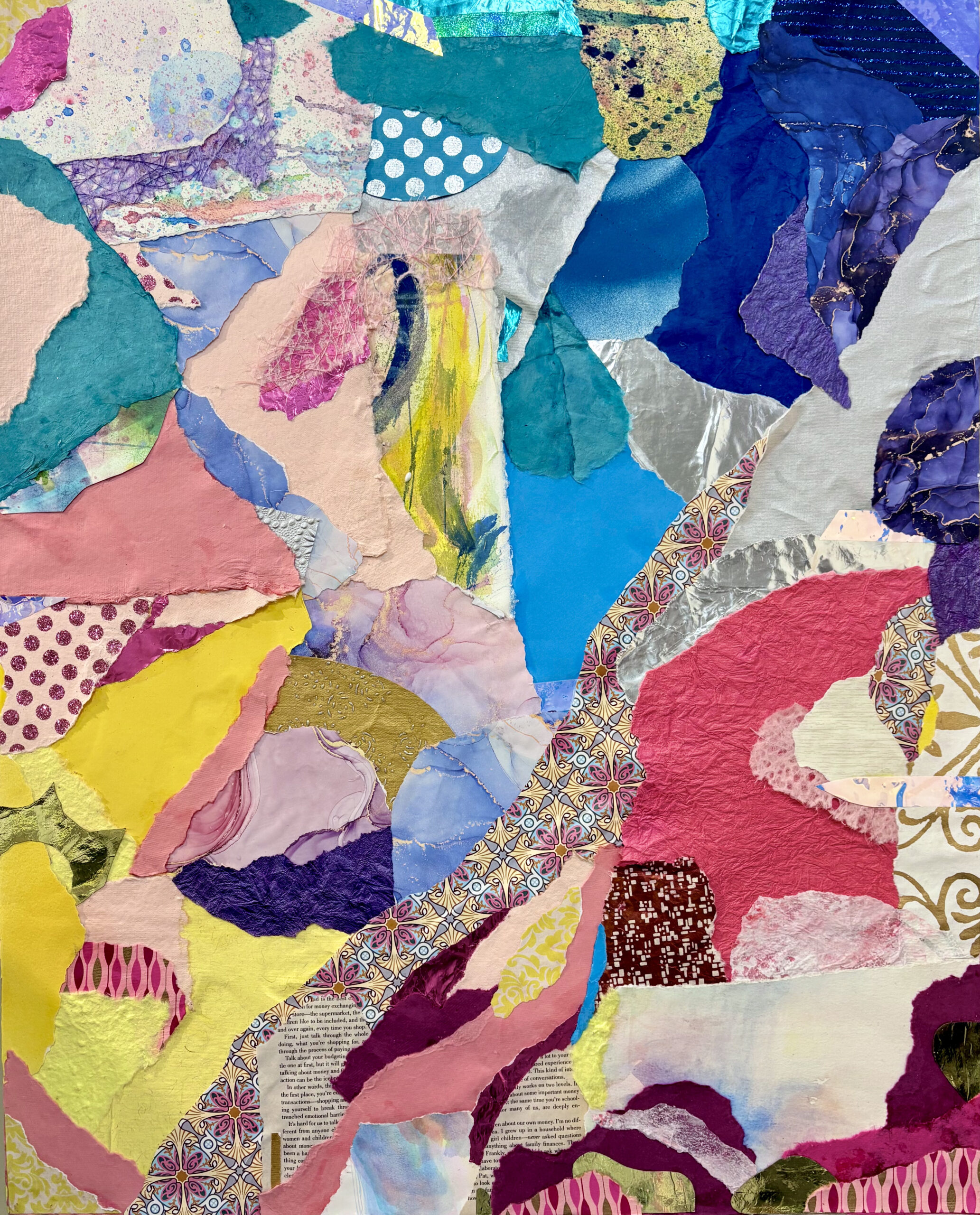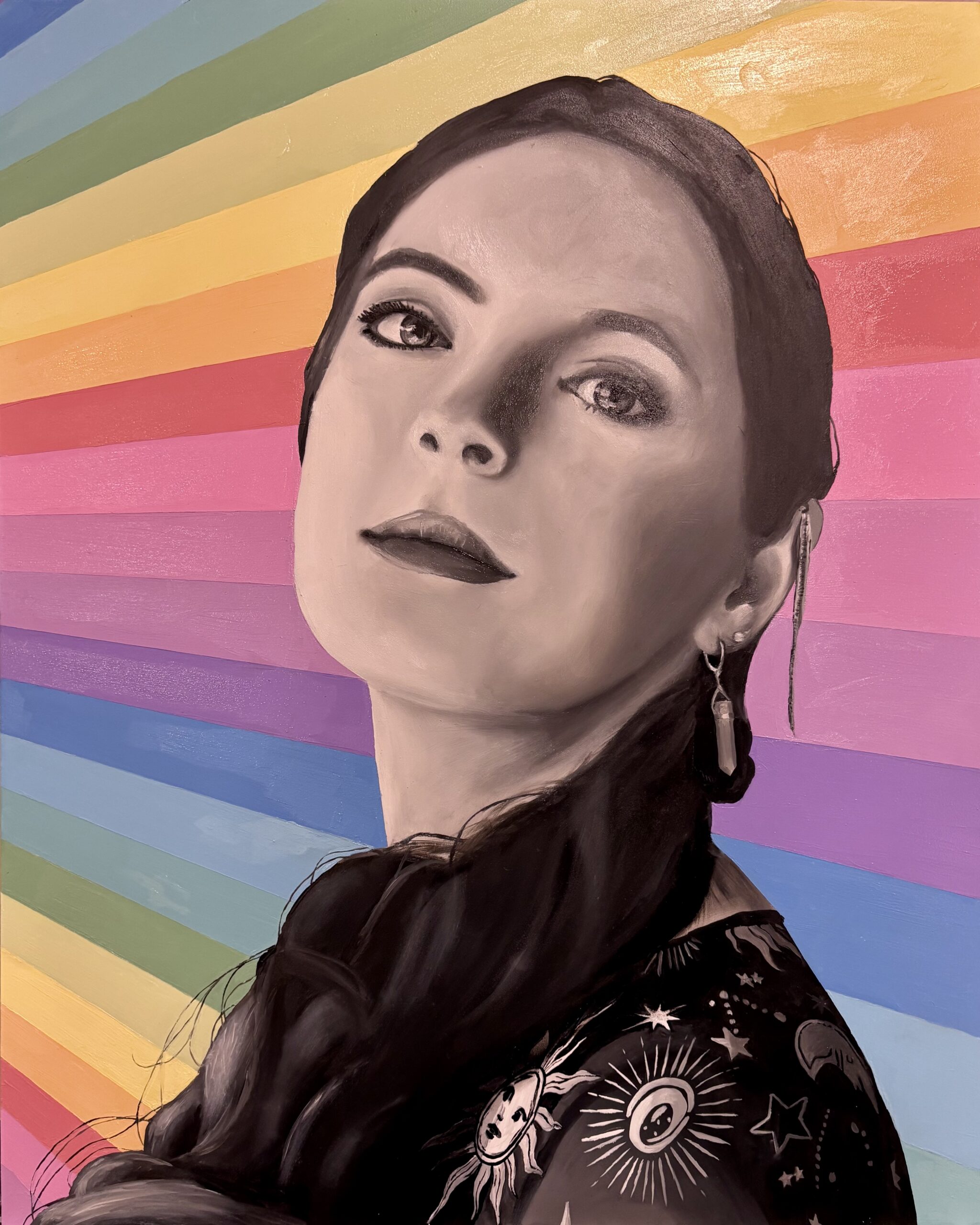Artist Statement
In a high school art class, I began a project that has continued to this day—each year, I created a self-portrait in whatever style or medium inspired me at that moment. What started as an assignment in my art class became an evolving record of my personal growth as an artist and sparked my interest in using the arts for healing. This thesis allowed me to explore different facets of my identity, self-discovery, and personal change in a way I wouldn’t have found otherwise. I expanded this project into a broader exploration of self-perception and emotional expression through self-portraiture.
Using various media and modalities, I examined how different methods of expression shaped the way I saw myself. Some of these pieces play with abstraction and layered textures that reflect the complexity of identity, and some were deeply introspective and revealed emotions that words cannot fully express. I invite viewers to consider their own evolving sense of self and how their self-perception can shift over time. My work and research encourage self-reflection, not only in how we see and understand ourselves, but in the ways we choose to express who we are.
Thesis Abstract
Self-portraiture has long been used as a therapeutic tool to promote personal expression and to help individuals process emotions and gain self-awareness. Studies on art therapy show that creating self-representative imagery fosters personal awareness and emotional processing. Research on multimodal expressive therapies also highlights the role of music and audio in deepening personal reflection and identity exploration. This thesis explores the use of expressive self-portraiture, including visual art, music, and sound, as a therapeutic tool for personal reflection and improvement of self-perception. This research used a practice-based approach employing painting, collage, audio compositions, and music-based self-portraiture. The artwork and their processes were analyzed to assess their evolving impact on the author-artist’s self-perception. In results, a series of multimodal self-portraits were created, and the author-artist’s interpretations of the results are discussed. The thesis concludes by reflecting on how multimodal self-portraiture could be used in therapy, highlighting its potential and limitations, and suggesting avenues for future exploration in expressive arts therapy.



